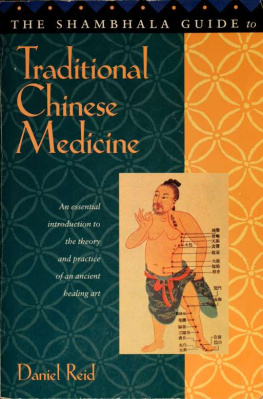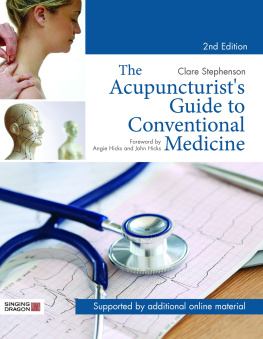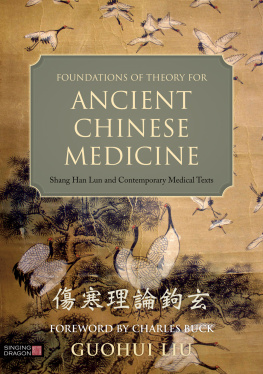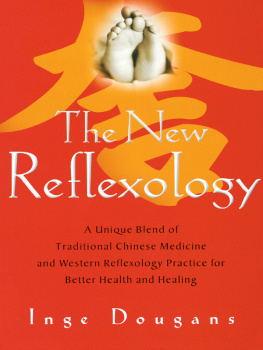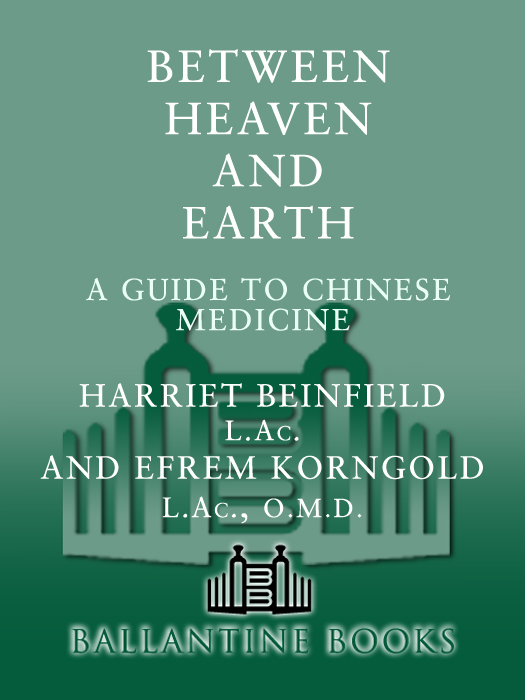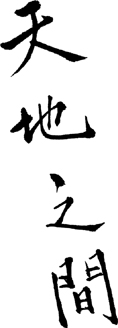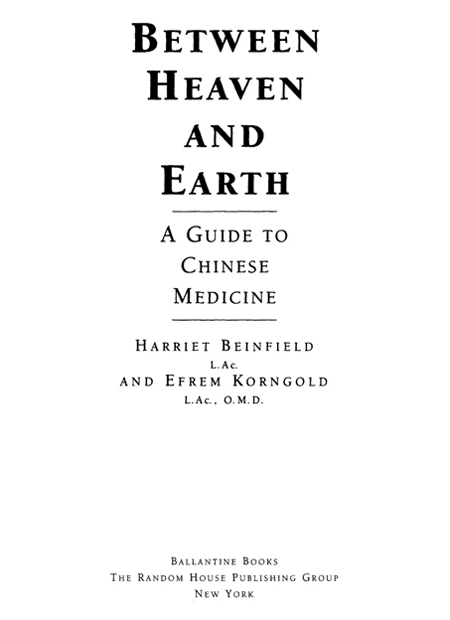More praise for
Between Heaven and Earth
A lucid introduction to the subtle, strange, and eminently useful ideas and methods of Oriental medicine The authors transmit a unique understanding of the ways in which Chinese medicine enables us to know more intimately the particular nature of our humanity.
Ted Kaptchuk
Author of The Web That Has No Weaver
Opens the door to a fresh new world of understanding your health. With the increasing demand for a laymans book on Oriental medicine, Between Heaven and Earth fills an important gap and has been a long time needed.
Dr. Gurusant S. Khalsa
President
American Association of Acupuncture
and Oriental Medicine
I have read Between Heaven and Earth with great admiration and interest. It is both encyclopedic in range and completely accessible to the lay reader. The authors have done the public an immense service.
Richard Selzer, M.D.
Author of Mortal Lessons
Between Heaven and Earth represents a remarkable blend of philosophy, medicine and history. I learned a great deal.
Norman Cousins
A fabulous and important book Well-written, profound, and practical.
Michael Tierra, N.D., O.M.D
Autor of The Way of Herbs and
Planetary Herbology
An extremely thorough introduction to Chinese medicine.
New Age Journal
Sale of this book without a front cover may be unauthorized. If this book is coverless, it may have been reported as unsold or destroyed and neither the author nor the publisher may have received payment for it.
This book is not intended to replace the services of a licensed health care provider in the diagnosis or treatment of illness or disease. Any application of the material set forth in the following pages is at the readers discretion and sole responsibility.
A Ballantine Book
Published by The Random House Publishing Group
Copyright 1991 by Harriet Beinfield and Efrem Korngold
Illustrations 1991 by Susanne Panasik
Illustrations copyright 1991 by Val Mina
Illustrations copyright 1991 by Bruce Wang
All rights reserved under International and Pan-American
Copyright Conventions. Published in the United States by Ballantine Books, an imprint of The Random House Publishing Group, a division of Random House, Inc., New York, and simultaneously in Canada by Random House of Canada Limited, Toronto
Ballantine and colophon are registered trademarks of Random House, Inc
www.ballantinebooks.com
Grateful acknowledgment is made to the following for permission to reprint previously published material:
F RIENDS OF THE E ARTH Four poems from Of All Things Most Yielding selected by Marc Lapp, edited by David R. Brower. Copyright by Friends of the Earth, Washington, D.C
S IMON & S CHUSTER , I NC .. Fourteen lines from The Sonnets to Orpheus by Rainer Maria Rilke, translated by Stephen Mitchell. Copyright 1985 by Stephen Mitchell. Reprinted by permission of Simon & Schuster, Inc.
Library of Congress Catalog Card Number: 92-90043
eBook ISBN: 978-0-8041-5173-3
www.ballantinebooks.com
Cover design by James R. Harris
Cover calligraphy by Bruce Wong
v3.1
Heaven, Earth, and I are living together, and all things and I form an inseparable unity.
Chuang Tzu
The organic pattern in Nature was for the medieval Chinese the Li, and it was mirrored in every subordinate whole. Li signified the pattern in things, the markings in jade or the fibres in muscle, like the strands in a piece of thread, or the bamboo in a basket it is dynamic pattern as embodied in all living things, in human relationships and in the highest human values. Li, in its most ancient meaning, is the principle of organization and pattern in all its forms.
Joseph Needham
What pattern connects the crab to the lobster and the orchid to the primrose and all four of them to me? And me to you?
Gregory Bateson
C ONTENTS
Cycles of Circles: A Theory of Relativity
Yin-Yang
Reading the Patterns: Diagnosis
The Doctor As Detective, As Artist
F OREWORD
F OR OVER TWENTY-THREE CENTURIES ACUPUNCTURE NEEDLES AND GIN seng have mended what is now one-quarter of the worlds population, yet it is only in the last two decades that most Americans have even heard of them. In 1971, the year before the Bamboo Curtain lifted, New York Times journalist James Reston became ill while on assignment in China. After having his appendix removed, he was treated with acupuncture for postsurgical pain. The front-page stories he sent home reported, Ive seen the past, and it works! At that moment Chinese medicine entered mainstream American consciousness.
Efrem and I began to practice acupuncture shortly after that in 1973. Since then weve treated thousands of Americans. One was Sam, a thirty-six-year-old biochemist, who had an excruciating pain in his abdomen diagnosed by his doctor as gallstones. Although he felt skeptical about Chinese medicine, he was more frightened by the prospect of surgery. After two months of acupuncture, herbs, and dietary modification, Sam expelled scores of stones, and a sonogram confirmed that surgery was no longer necessary. Esther, a retired seventy-five-year-old nurse, had severe arthritis. After a year she was free of pain and had recovered the use of her joints and limbs. Fifteen years later shed had no recurrence. Yet another person was Suzanne, who at age twenty-eight, after three miscarriages and two gynecological surgeries, was unable to conceive. In the eighth month of treatment, she became pregnant and later delivered a healthy daughter, now a teenager.
These people and many like them had their intellect aroused by their success with acupuncture and herbs. Having been impressed, they wanted to be informed. We began writing this book in response to their request, Where can I read more about it? Although other books exist on the subject, none give the uninitiated a comprehensive yet comprehensible overview. So we set out to explain our sense of what Chinese medicine ishow it thinks, how it works, what it can do.
Numerous schools of thought and various methods are found within the vast historical tradition of Chinese medicine. It has never been a monolithic institution. After all, millions of doctors over the millennia have practiced its techniques and developed its theories. It sustained itself in part by adjusting to changing conditions and will continue to develop differently in each country and era in relation to the social demands and belief systems that prevail there. In Medicine in China: A History of Ideas, Paul Unschuld comments:
The travel of ideas is different from the travel of merchandise. The latter can be handed on, from one region to the next, by different means of transportation, without itself undergoing any change. Ideas must be transmitted by the head, and, of necessity, will undergo change. Where could a foreign idea be accepted, assimilated, or transmitted without being influenced by the particular situation it meets, by the changing languages that serve as its means of transportation, and by the preconditioned patterns of thought cherished by the final receiver?




